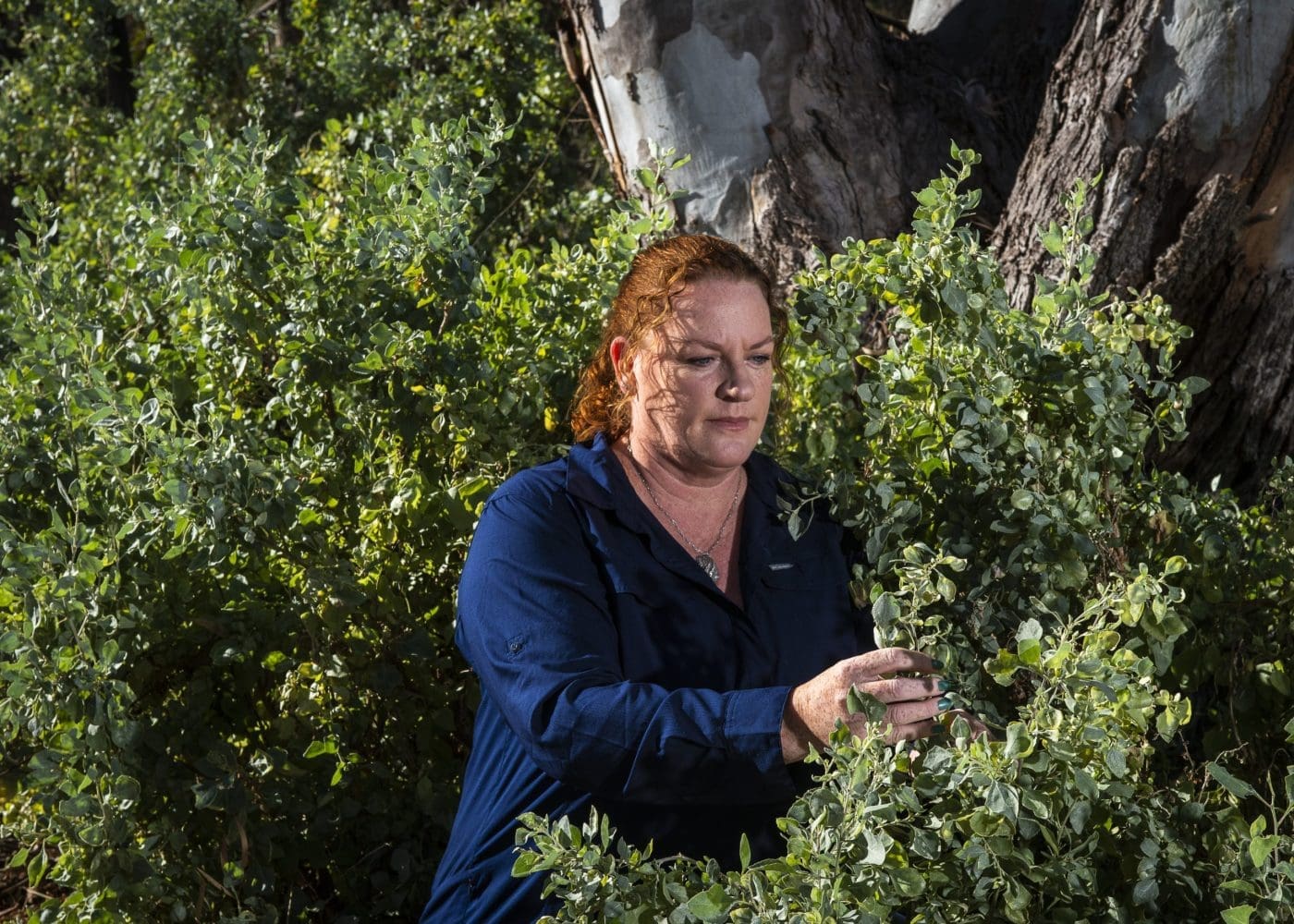WITH dry weather on the forecast, the CSIRO is pushing for producers in south-eastern Australia to consider a variety of drought-tolerant saltbush it developed 15-years-ago.
Anameka Saltbush is a specially selected variety of the drought-tolerant native shrub, developed by Australia’s national science agency, with partners in government and industry.
It is unique for its higher nutritional value and improved palatability for livestock and its potential to regenerate the topsoil of land that is too saline or infertile.
CSIRO agricultural scientist, Hayley Norman, said that during dry years when there is a shortage of available feed, Anameka saltbush can provide key nutrients that improve livestock productivity and health.
“Anameka Saltbush is a moderate-energy, high crude protein and sulphur feed source that is full of essential minerals and antioxidants,” Dr Norman said.
“It grows well on most landscapes, and once established, Anameka Saltbush can become a ‘living haystack’ for grazing livestock for more than 20 years if managed correctly.”
“We’re now bringing these benefits to new regions across Australia’s southeast to carry farmers through poor seasons and build their resilience to drought.”
CSIRO’s Drought Resilience Mission is driving wider adoption of Anameka Saltbush in drought-prone regions across southeast Australia for the first time.
CSIRO modelling indicates that Anameka shrub systems offer 20 per cent higher economic returns compared to standard saltbushes, particularly in relatively dry years. This reduces exposure to financial risks associated with climate variability or drought.
Other benefits include greater wool and meat production and reduced supplementary feed.
Marcus Hooke, a merino sheep farmer in Booroorban, southern New South Wales, is doubling the number of Anameka Saltbush in his paddocks after successful establishment last year.
“It’s early days but we believe the benefits of Saltbush will be long-term,” Mr Hooke said.
“For us the benefits will be two-sided in providing crucial shelter to lambs to improve their survivability out on the plains during colder months, and for feed to provide energy during dry seasons.”
Anameka, as well as standard Saltbushes, have traditionally been grown in Western Australia (WA) for salinity management.
The new plantings build on six million Anameka Saltbush already planted across 8000 hectares, mostly in WA, since commercial release.
Source: CSIRO


HAVE YOUR SAY